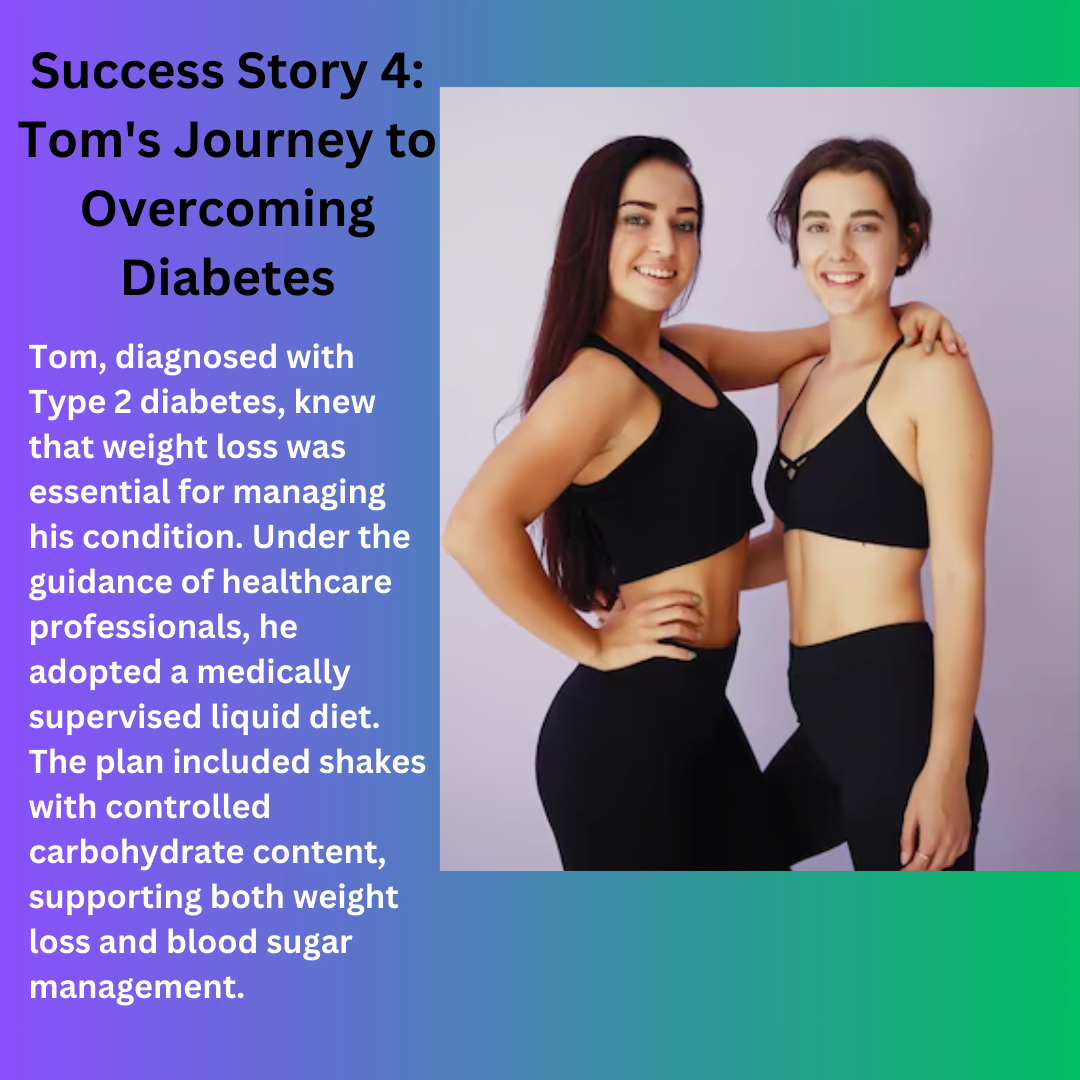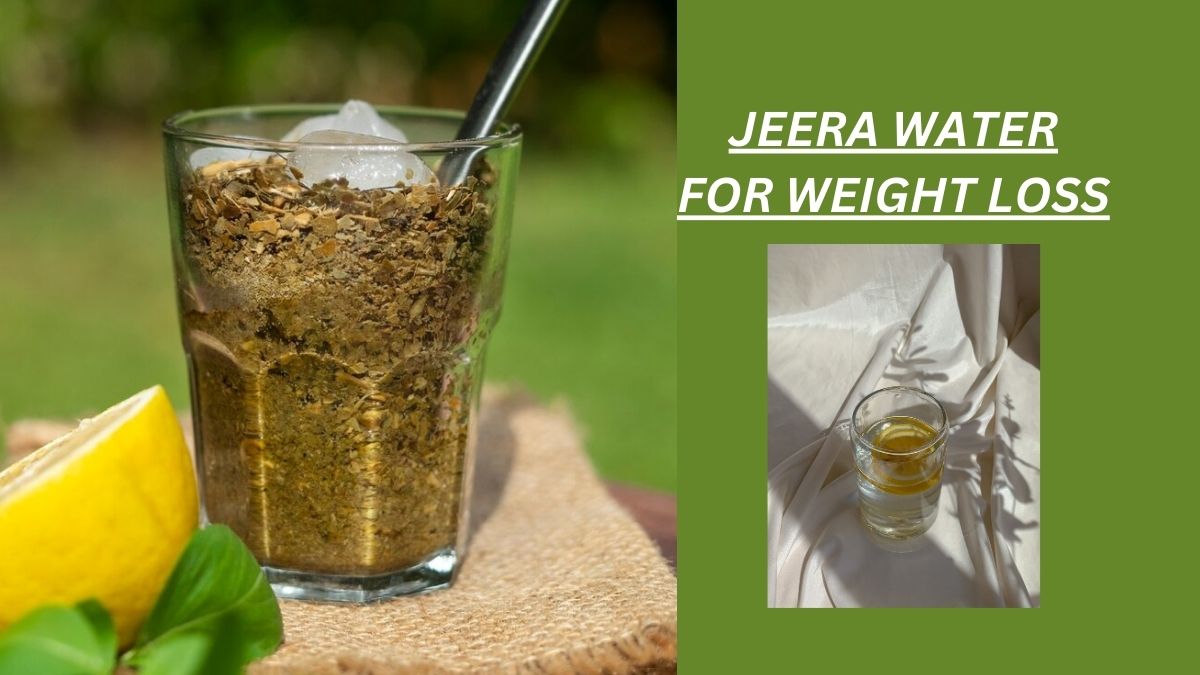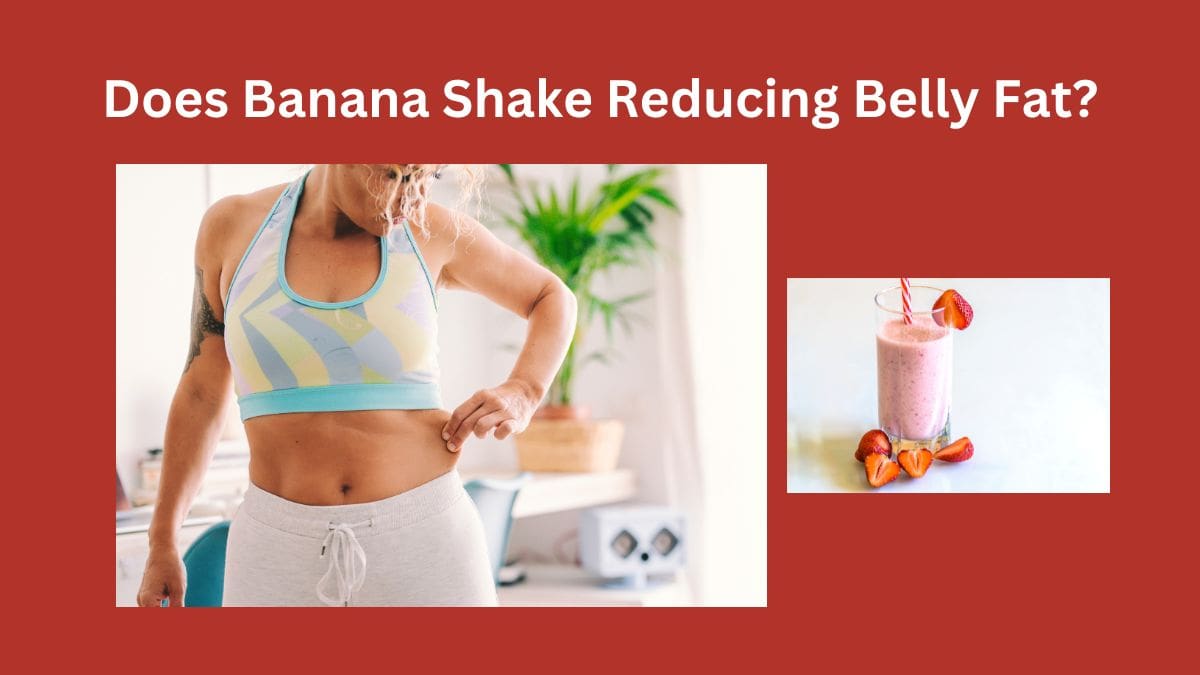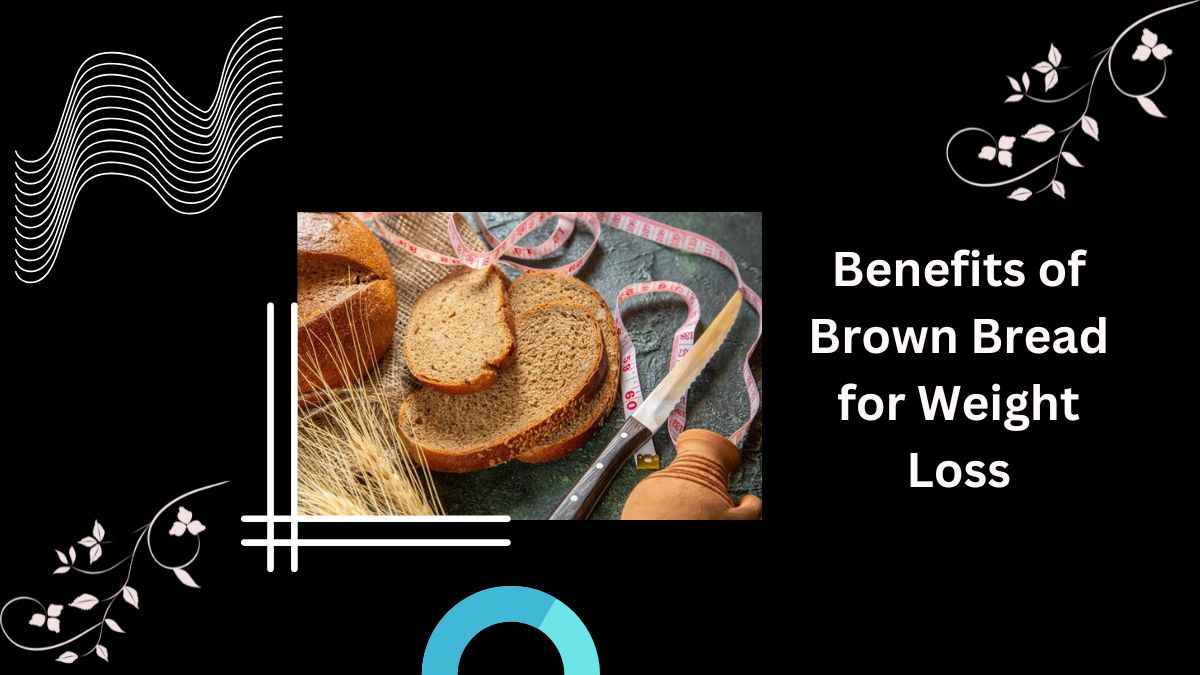Table of Contents
Introduction
Are you ready to transform your weight loss journey with a Liquid Diet? In this comprehensive guide, we’ll delve into the intricacies of liquid diet weight loss, exploring its benefits, how to start, key components, and much more. Discover the secrets to shedding those extra pounds while maintaining optimal nutrition.
What is a Liquid Diet For Weight Loss

Embarking on a liquid diet involves consuming liquids as a primary source of nutrition. This can include soups, shakes, and juices. There are various types, such as full liquid diets and modified versions that incorporate some solid foods.
- A liquid diet for weight loss involves consuming predominantly liquids as a primary source of nutrition, with the aim of promoting effective and often rapid weight reduction. This dietary approach typically replaces solid foods with various liquid-based alternatives, such as soups, smoothies, shakes, and juices.
- The primary goal of a liquid diet for weight loss is to create a calorie deficit, where the number of calories consumed is less than the number of calories expended. This reduction in calorie intake can lead to weight loss as the body taps into its energy reserves, primarily stored in the form of fat.
- Liquid diets can take different forms, ranging from medically supervised programs designed for individuals with specific health conditions to commercially available meal replacement shakes for general weight management. Some liquid diets may be more restrictive, allowing only liquids, while others incorporate a combination of liquids and solid foods.
- While liquid diets may offer a convenient and structured way to control calorie intake, it’s crucial to approach them with caution. It’s advisable to consult with a healthcare professional or a registered dietitian before embarking on a liquid diet, especially for an extended period. This ensures that the diet is safe, nutritionally balanced, and suitable for individual health needs.
- It’s important to note that while a liquid diet can lead to initial weight loss, its long-term sustainability is often debated. Many experts recommend transitioning to a balanced and varied diet after achieving weight loss goals to ensure the body receives essential nutrients for overall health and well-being.
Benefits of Liquid Diet for Weight Loss
Embracing a liquid diet comes with numerous advantages. Experience a faster metabolism, increased hydration levels, and a more straightforward approach to portion control, facilitating effective weight loss.
Adopting a liquid diet for weight loss comes with a range of potential benefits, making it an appealing choice for individuals seeking effective and manageable ways to shed excess pounds. Here are some key advantages associated with incorporating a liquid diet into your weight loss strategy:
- Calorie Control:
- Liquid diets often provide pre-portioned servings, aiding in precise calorie control. This makes it easier to maintain a calorie deficit, a fundamental factor in weight loss.
- Nutrient-Rich Options:
- Many liquid diet plans incorporate nutrient-dense ingredients such as fruits, vegetables, and protein sources. This ensures that, despite the reduced calorie intake, your body still receives essential vitamins and minerals.
- Hydration Boost:
- Liquid diets typically include a variety of beverages, contributing to increased hydration. Staying well-hydrated is not only vital for overall health but can also help control appetite and support the body’s metabolic processes.
- Digestive Rest:
- Consuming liquids gives the digestive system a break from processing solid foods. This temporary reprieve can lead to improved digestion, reduced bloating, and may provide relief for individuals with digestive issues.
- Quick Weight Loss Results:
- Liquid diets, when followed diligently, may lead to rapid initial weight loss. This can be motivating for individuals looking for visible results in a relatively short period.
- Convenience and Simplicity:
- Liquid diets offer a convenient and straightforward approach to weight loss. The simplicity of pre-prepared liquid meals or shakes can save time on meal planning and preparation.
- Reduced Cravings:
- Some individuals find that the structured nature of liquid diets helps curb cravings for unhealthy foods. This can be beneficial for breaking patterns of overeating or making poor food choices.
- Metabolic Boost:
- The liquid nature of these diets may contribute to a faster metabolism. The body may expend more energy in processing liquids, potentially aiding in the burning of calories.
- Potential Detoxification:
- Certain liquid diets emphasize the consumption of detoxifying beverages, such as herbal teas or cleansing drinks. While scientific evidence on the efficacy of detox diets is mixed, some individuals report feeling cleansed and rejuvenated.
- Support for Medical Conditions:
- Medically supervised liquid diets can be prescribed for individuals with specific health conditions, such as obesity or those preparing for certain medical procedures. These diets provide a controlled and monitored approach to weight management.
It’s important to note that while there are benefits to liquid diets, they may not be suitable for everyone, and individual results can vary. Before embarking on a liquid diet for weight loss, consulting with a healthcare professional or a registered dietitian is advisable to ensure the approach aligns with your health goals and needs.
How to Start a Liquid Diet for Weight Loss
Starting a liquid diet for weight loss requires careful consideration and planning.
- Consultation with Healthcare Professional: Before starting any significant dietary changes, consult with a healthcare professional or a registered dietitian. They can assess your individual health needs, ensuring that a liquid diet is safe and appropriate for you.
- Choose the Right Liquid Diet Plan: There are various types of liquid diets, each with its own set of guidelines. Select a plan that aligns with your weight loss goals, lifestyle, and nutritional requirements.
- Gradual Transition: Instead of abruptly switching to a liquid-only diet, consider a gradual transition. Start by incorporating liquid meals into your routine while still including some solid foods. This helps your body adapt to the changes more smoothly.
- Ensure Nutrient Adequacy: Pay attention to the nutritional content of the liquids you consume. Ensure that your liquid diet provides essential nutrients such as proteins, vitamins, and minerals to maintain overall health.
- Stay Hydrated: In addition to liquid meals, continue to drink an adequate amount of water throughout the day. Hydration is crucial for bodily functions and can also aid in the weight loss process.
- Monitor Progress: Keep track of your weight loss progress and how your body responds to the liquid diet. Adjust your plan if needed and consult with a healthcare professional for ongoing guidance.
Starting a liquid diet for weight loss requires commitment and awareness of your body’s needs. Always prioritize your health and well-being, and consider seeking support from healthcare professionals or nutrition experts throughout your weight loss journey.
Key Components of a Liquid Diet For Weight Loss
Explore the essential elements of a liquid diet, from nutrient-rich liquids to convenient meal replacement options. Learn how to strike a balance between flavor and nutrition.
When delving into a liquid diet for weight loss, understanding the key components is crucial for ensuring a well-rounded and effective approach. Let’s explore the essential elements that make up a successful liquid diet:
- Nutrient-Rich Liquids:
Describe: Opt for liquids that are not only low in calories but also rich in essential nutrients. Include options such as vegetable juices, fruit smoothies, and protein shakes to ensure a balanced nutritional profile. - Meal Replacement Options:
Describe: Incorporating high-quality meal replacement shakes or drinks is a common feature of liquid diets. These products are designed to provide essential vitamins, minerals, and proteins while controlling calorie intake. - Hydrating Beverages:
Describe: Hydration is a key aspect of any liquid diet. Include water, herbal teas, and other low-calorie beverages to maintain proper fluid balance, support metabolic processes, and help control appetite. - Protein Sources:
Describe: Ensure an adequate intake of protein in liquid form. Protein is essential for muscle preservation, satiety, and overall metabolic function. Consider protein-rich shakes or incorporate ingredients like Greek yogurt or plant-based proteins. - Vitamins and Minerals:
Describe: Liquid diets should provide a spectrum of vitamins and minerals to prevent nutrient deficiencies. Include a variety of colorful fruits and vegetables in liquid form to maximize the intake of essential micronutrients. - Fiber Inclusions:
Describe: While fiber is often associated with solid foods, incorporating soluble fiber into liquid diets can support digestive health and help maintain a feeling of fullness. Consider adding flaxseeds or chia seeds to liquid concoctions. - Low-Calorie Soups:
Describe: Including clear or broth-based soups in the liquid diet can provide warmth, flavor, and additional nutrients with minimal calories. These soups can be both satisfying and hydrating. - Detoxifying Drinks:
Describe: Some liquid diets focus on detoxification. Integrate drinks with natural detoxifying properties, such as lemon water or green tea, to promote cleansing and support the body’s natural detox processes. - Caloric Control and Monitoring:
Describe: Emphasize the importance of monitoring calorie intake. Portion control and mindful consumption are key components to ensure the liquid diet creates a calorie deficit for effective weight loss. - Regular Rehydration:
Describe: Continuous rehydration is vital. Encourage regular sipping of low-calorie liquids throughout the day to maintain hydration levels and promote a sense of fullness. - Flexibility and Variety:
Describe: To make the liquid diet sustainable, incorporate a variety of liquids to prevent monotony. This adds flexibility to the diet and increases the likelihood of adherence. - Supervision and Professional Guidance:
Describe: Stress the importance of medical supervision, especially for individuals with underlying health conditions. A healthcare professional or a registered dietitian can provide personalized guidance and ensure the liquid diet is safe and effective.
By incorporating these key components into a liquid diet, individuals can create a well-balanced and sustainable approach to weight loss. It’s crucial to maintain a focus on overall health and nutritional adequacy while embracing the benefits of a liquid diet for shedding unwanted pounds.
Liquid Diet for Weight Loss
Overview:
A liquid diet for weight loss revolves around the consumption of primarily liquid-based nutrition, such as shakes, smoothies, and soups. This approach often replaces traditional solid meals with carefully curated liquid alternatives.
Advantages:
- Calorie Control: Liquid diets provide pre-measured portions, facilitating precise calorie control, a critical factor in weight loss.
- Nutrient-Rich: Despite lower caloric intake, well-designed liquid diets can offer a spectrum of essential nutrients, ensuring a balanced nutritional profile.
- Hydration: Liquid diets contribute to increased hydration, supporting metabolic processes and appetite control.
Challenges:
Sustainability: Some individuals find it challenging to sustain a liquid-only diet over the long term, potentially leading to rebound effects.
Social Limitations: Liquid diets may pose challenges in social situations where traditional meals are the norm.
Traditional Diets For Weight Loss

Overview:
Traditional diets encompass a wide range of approaches, including balanced, low-carb, low-fat, or specific plans like Mediterranean or Paleo. These diets typically involve a variety of solid foods and diverse nutritional sources.
Advantages:
- Dietary Variety: Traditional diets allow for a more extensive range of food choices, promoting dietary variety and potentially reducing monotony.
- Behavioral Adaptation: Individuals may find it easier to adapt to traditional diets, especially if they align with personal food preferences.
- Long-Term Sustainability: Many people find traditional diets more sustainable over extended periods.
Challenges:
Portion Control: Traditional diets may require more conscious portion control, which can be challenging for individuals with a tendency to overeat.
Caloric Awareness: Some traditional diets might not emphasize calorie counting, making it crucial for individuals to be mindful of their overall energy intake.
Liquid Diet for Weight Loss vs. Traditional Diets for Weight Loss: A Comparison
- Speed of Weight Loss:
- Liquid Diet: Rapid initial weight loss is common due to controlled calorie intake.
- Traditional Diet: Weight loss may be gradual, with the pace varying based on the chosen diet.
- Nutrient Intake:
- Liquid Diet: Despite lower caloric content, nutrient density can be maintained through careful planning.
- Traditional Diet: Nutrient intake depends on food choices and the overall balance of the diet.
- Adaptability:
- Liquid Diet: Some individuals find it challenging to adapt to a liquid-only regimen.
- Traditional Diet: Offers more flexibility and adaptability to diverse food preferences.
- Long-Term Sustainability:
- Liquid Diet: May pose challenges for extended adherence.
- Traditional Diet: Generally more sustainable over the long term, supporting lasting lifestyle changes.
- Social Considerations:
Liquid Diet: Social situations may be challenging due to the limitations on traditional meal participation.
Traditional Diet: Allows for greater participation in social dining experiences.“According to a study by Smith et al. (2019), liquid diets showed a significant initial weight loss advantage.”
In conclusion, the choice between a liquid diet for weight loss and traditional diets depends on individual preferences, lifestyle, and long-term goals. While liquid diets offer rapid results and precise control, traditional diets provide more flexibility and may be easier to incorporate into a sustainable, balanced lifestyle. It’s essential to choose an approach that aligns with personal preferences and is sustainable for achieving lasting success in weight loss.
Tips for Success on a Liquid Diet for weight loss
1. Consult with a Healthcare Professional:
- Tip: Before starting any significant dietary changes, seek guidance from a healthcare professional or a registered dietitian. They can assess your individual health needs and ensure that a liquid diet is safe and appropriate for you.
2. Choose a Balanced Liquid Diet Plan For Weight Loss:
- Tip: Opt for a liquid diet plan that provides a well-rounded mix of nutrients. Ensure it includes a variety of liquids, such as shakes, smoothies, and soups, to meet your nutritional requirements.
3. Gradual Transition:
- Tip: Ease into the liquid diet by gradually replacing solid meals with liquid alternatives. This helps your body adjust to the changes and minimizes the likelihood of feeling overwhelmed.
4. Hydration is Key:
- Tip: Stay adequately hydrated by consuming water and other low-calorie beverages throughout the day.
5. Monitor Caloric Intake:
- Tip: Pay attention to the caloric content of liquid meals. While the goal is a calorie deficit for weight loss, it’s crucial to ensure you’re still meeting your body’s energy needs.
6. Include Protein-Rich Liquids:
- Tip: Incorporate liquids with sufficient protein content. Protein is essential for maintaining muscle mass, promoting a feeling of fullness, and supporting overall metabolic function.
7. Diversify Your Liquid Choices:
- Tip: Avoid monotony by including a variety of liquids in your diet. Experiment with different flavors, textures, and ingredients to keep the experience enjoyable.
8. Mindful Consumption:
- Tip: Practice mindful eating, even with liquids. Sit down to consume your liquid meals, savor the flavors, and pay attention to feelings of hunger and fullness.
9. Supplement with Essential Nutrients:
- Tip: Ensure you’re getting all the essential nutrients by considering supplements, especially if your liquid diet lacks certain vitamins or minerals.
10. Regular Physical Activity:
- Tip: Incorporate moderate physical activity into your routine, if permitted by your health condition.
Remember, individual responses to a liquid diet vary, and what works for one person may not be suitable for another. It’s crucial to prioritize your health and well-being throughout the process.
Common Misconceptions
1. Misconception: Liquid Diets Are Only About Drinking Water
- Reality: Liquid diets involve more than just water. While hydration is crucial, liquid diets often include nutrient-rich beverages like shakes, smoothies, and soups, providing essential vitamins and minerals.
2. Misconception: Liquid Diets Lack Essential Nutrients
- Reality: A well-planned liquid diet can provide the necessary nutrients for the body. Many liquid diets include protein-rich shakes, fiber from smoothies, and vitamins from juices, ensuring a balanced nutritional intake.
3. Misconception: Liquid Diets Are Unsustainable for the Long Term
- Reality: While some liquid diets are designed for short-term use, others can be part of a long-term lifestyle with careful planning. It’s essential to transition thoughtfully back to solid foods after achieving initial weight loss goals.
4. Misconception: Liquid Diets Lead to Muscle Loss
- Reality: Protein is a key component of many liquid diets, helping preserve lean muscle mass during weight loss. Properly designed liquid diets can support muscle retention.
5. Misconception: Liquid Diets Are a Quick Fix for Weight Loss
- Reality: While liquid diets can result in rapid initial weight loss, sustainable and healthy weight management requires a combination of diet, exercise, and lifestyle changes. Quick fixes often lead to temporary results.
- It’s crucial to approach liquid diets with realistic expectations and a focus on overall health. Consulting with healthcare professionals, including dietitians and physicians, can help individuals make informed decisions based on their unique needs and goals.
Success Stories and Testimonials


FAQs about Liquid Diet Weight Loss
- Is a liquid diet safe for everyone?
Yes, a liquid diet can be safe for most people when done under supervision. - Can I exercise on a liquid diet?
Moderate exercise is generally permissible. Listen to your body, and consult with a fitness expert to tailor your workouts to your energy levels. - How fast can I expect to lose weight on a liquid diet?
Weight loss varies, but many individuals experience a noticeable difference in the first few weeks. Results depend on factors like adherence and metabolism. - Are all liquid diets the same?
No, there are different types of liquid diets. Some are medically supervised, while others are designed for short-term weight loss. - Is a liquid diet sustainable in the long term?
While liquid diets can jump-start weight loss, they are not sustainable for extended periods. Transition to a balanced diet after achieving your weight loss goals.








